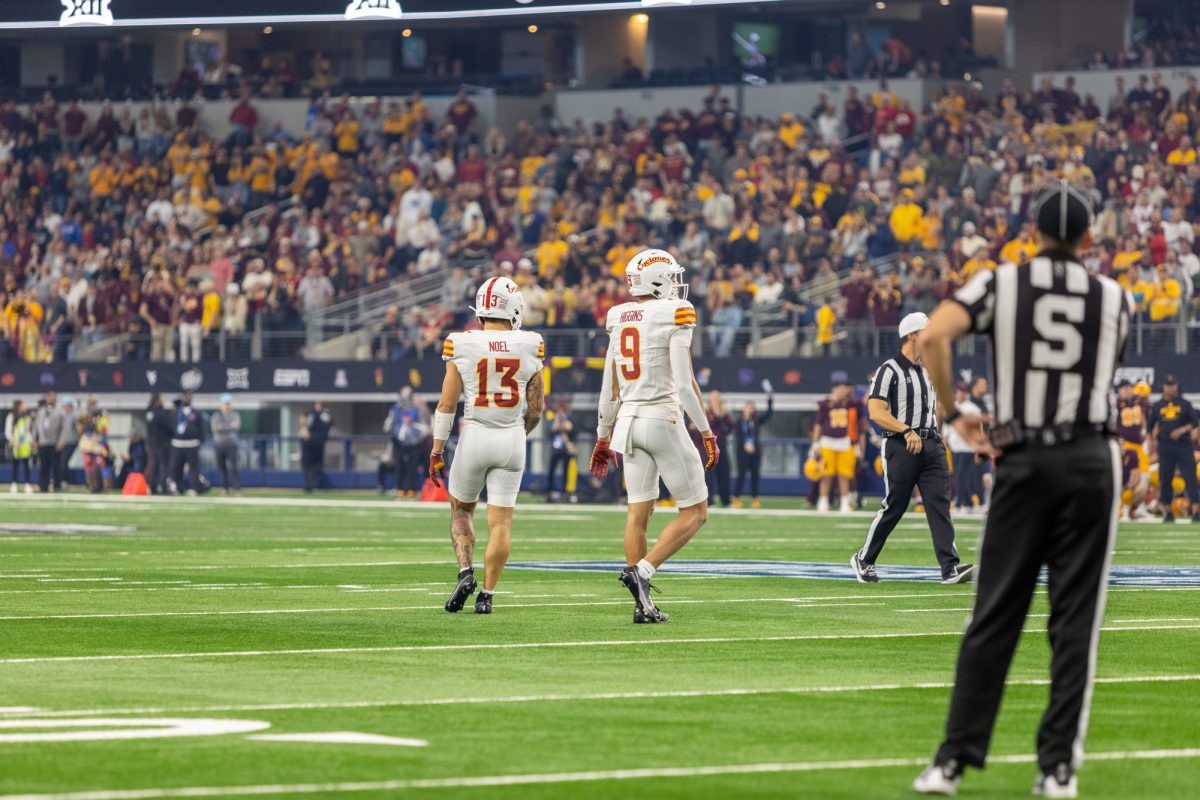Underestimated costs delaying MU renovations
April 21, 2005
The cost of Memorial Union renovations was underestimated in part because of rising steel prices worldwide and fluctuating building materials costs.
ISU officials said the overbid could cause the renovations to be delayed for up to six months.
The delay came after Miron Construction Co., located in Neenah, Wis., made a bid of $17.6 million to complete the project. But Des Moines-based Herbert, Lewis, Kruse and Blunck Architecture firm estimated renovation costs at $12.4 million.
Other factors behind the delay and discrepancy are rising energy prices, limited subcontractor availability and the complexity and long period of the project.
“It was a difficult project to estimate, particularly from a risk standpoint,” said Dean McCormick, assistant director of construction services for facilities planning and management. “For the last year, year and a half, there has been a lot of volatility in material prices.”
Steel prices rose from $270 per ton in March 2002 to $625 per ton this year, according to The Associated Press. The cost of cement has followed a similar path.
“One of the things we’ve been working through is whether the cost estimators made some errors in the way they calculated their costs,” said Warren Madden, vice president for business and finance.
He said estimates of steel and concrete prices were among the main reasons why cost projections differed so dramatically, as well as stoneworking costs and the amount of interior drywall required.
To lower costs, he suggested using smaller pieces of stone or using larger pieces that could be installed with mechanical equipment. The estimate also predicted less interior drywall would be used than the bidders suggested was needed, Madden said.
“We’re trying to assess whether the cost estimators underestimated the amount of drywall needed,” he said.
Madden also said rising energy prices could increase transportation costs for construction materials.
Contractors being very busy and in demand in central Iowa could be another factor behind the bid/estimate discrepancy, Madden said.
“This project is viewed as fairly complex because we want to keep the building in use while they are doing it, and it extends over a long period of time,” he said.
Because the project will take two to three years, contractors erred on the side of caution when estimating materials costs, Madden said.
He said possible solutions to the discrepancy include breaking the project into phases or closing portions of the union during renovation.
Richard Reynolds, director of the Memorial Union, said closing portions of the union could be feasible.
“If we had sufficient notification as related to the time frame, we could do that,” he said.
It would take about eight to 12 months to notify those who have scheduled the rooms and reschedule, Reynolds said. Rooms that would be closed first are the Sun Room, the South Ballroom and the Great Hall, he said. Rooms would be closed to allow contractors to have a staging area for materials and because of noise concerns, in addition to needing to be refloored, Reynolds said.
He also said breaking the plan into three phases instead of seven as originally planned could save money by allowing contractors to plan more efficiently.
Although Miron’s bid most likely faces rejection by the university, no errors have been found in it, Madden said. High estimates came from subcontractors or were a result of future materials prices.
Madden said HLKB Architecture is contractually obligated to redesign its plan because bids came in over the estimate.
HLKB could not be reached for comment.
Madden said he hopes to hear from the architects and planners within 30 days about a new plan.
“We’ll probably rebid this project sometime this fall,” he said.
The project could be delayed up to six months, although it is possible it will still be completed on time, Madden said.
McCormick said they will not know how to lower costs for some time.






